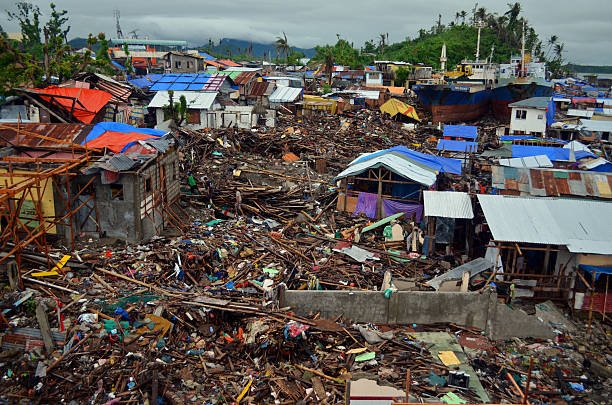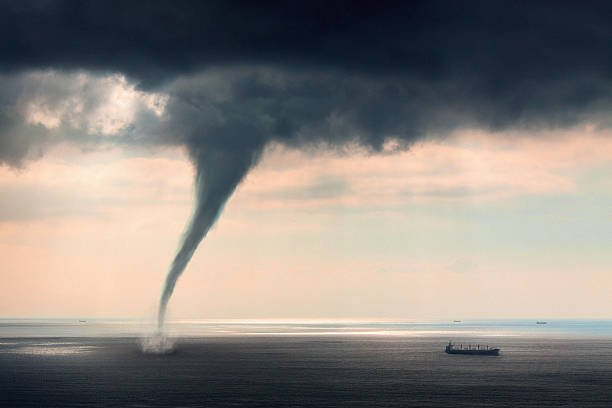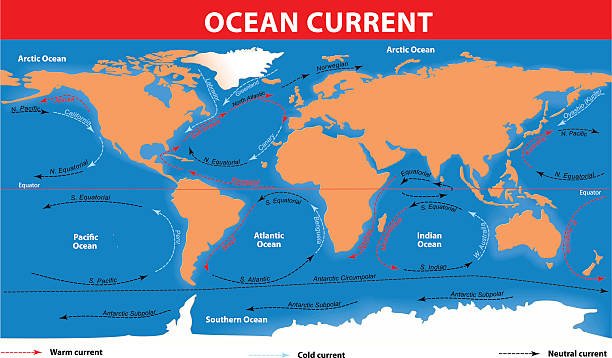Tropical cyclones, also known as hurricanes or typhoons in different parts of the world, are among the most powerful and destructive meteorological events on Earth. Their formation and trajectory are influenced by a complex interplay of geographic and climatic factors. This study focuses on Tropical Cyclone Freddy, which recently wreaked havoc in Mozambique, a southeast African country known for its rich cultural heritage and diverse landscapes.
Tropical Cyclone Freddy provides a unique case study for grade 12 Geography students to explore. By examining various variables such as sea surface temperatures, atmospheric pressure, wind speed and direction, and geographical features of Mozambique, learners can generate and test hypotheses that could explain the cyclone’s characteristics and impacts.
Guide for Generating a Hypothesis on Tropical Cyclone Freddy in Mozambique
Step 1: Understand the Problem
The first step in any scientific inquiry is to understand the problem at hand. In this case, the problem is Tropical Cyclone Freddy in Mozambique. Research about tropical cyclones, their causes, and impacts. Understand the geographical and climatic conditions of Mozambique. Consider what you already know about the factors that contribute to the formation and the path of a tropical cyclone.
Step 2: Gather Preliminary Data
Find data about Tropical Cyclone Freddy. This could include its path, wind speed, rainfall, damage caused, etc. Also, try to find data about the conditions in Mozambique before, during, and after the cyclone. This could include data about temperature, humidity, atmospheric pressure, and oceanic conditions. Other relevant data might include the time of the year the cyclone occurred, the state of the El Niño/La Niña cycle, and Mozambique’s geographical features that might influence cyclone paths.
Step 3: Identify Variables
From your research and the data gathered, identify the variables that might be connected to the problem. Variables could be anything that could influence the cyclone’s formation, path, or impacts. Examples might include sea surface temperature, atmospheric pressure, humidity, wind speed and direction, Mozambique’s topography, and population density.
Step 4: Formulate Your Hypothesis
A hypothesis is a testable statement that predicts the relationship between variables. Based on your understanding of the problem and the data you’ve gathered, make an educated guess about what might have caused or influenced the cyclone’s formation, path, or impacts. Your hypothesis should clearly state what you think the relationship is between your identified variables.
For example: “If sea surface temperatures were above average in the Indian Ocean off the coast of Mozambique prior to Tropical Cyclone Freddy, then this may have contributed to the cyclone’s formation and intensity.”
Step 5: Test Your Hypothesis
Plan and conduct an investigation to test your hypothesis. This could involve more detailed data analysis, creating models, running simulations, or even conducting experiments if possible.
Step 6: Analyze Your Results and Draw Conclusions
Analyze the results of your investigation to see if they support your hypothesis. If the data supports your hypothesis, then it may be valid. If the data doesn’t support your hypothesis, then it may need to be revised or discarded.
Remember, in scientific inquiry, even a hypothesis that turns out to be incorrect is valuable because it contributes to our understanding of the world. The goal is not necessarily to prove your hypothesis right, but to understand more about the world.
Step 7: Communicate Your Findings
Lastly, communicate your findings in a clear, organized manner. This could be in the form of a report, presentation, or discussion. Include your initial hypothesis, the methods you used to test it, your results, and what those results mean in the context of your hypothesis.
This guide should help you formulate and test a hypothesis about Tropical Cyclone Freddy in Mozambique. Remember, the process of scientific inquiry is iterative and often requires multiple rounds of hypothesis generation, testing, and revision. Good luck!
Example of Hypothesis Related to Tropical Cyclone Freddy in Mozambique
Here are ten possible hypotheses related to Tropical Cyclone Freddy in Mozambique. Remember, these are educated guesses based on what we know about tropical cyclones and the geography and climate of Mozambique. They would each need to be tested using appropriate methods and data.
- Hypothesis on Sea Surface Temperature: Higher sea surface temperatures in the Indian Ocean off the coast of Mozambique contributed to the increased intensity of Tropical Cyclone Freddy.
- Hypothesis on Atmospheric Pressure: Lower atmospheric pressure in the region where Tropical Cyclone Freddy formed led to the cyclone’s rapid intensification.
- Hypothesis on Wind Patterns: The prevailing wind patterns at the time of Tropical Cyclone Freddy’s formation influenced its path, leading it to make landfall in Mozambique.
- Hypothesis on Humidity Levels: High humidity levels in the atmosphere over Mozambique contributed to the high rainfall amounts associated with Tropical Cyclone Freddy.
- Hypothesis on Topography: The flat coastal plains of Mozambique contributed to the extensive flooding caused by Tropical Cyclone Freddy.
- Hypothesis on El Niño/La Niña Cycle: The stage of the El Niño/La Niña cycle at the time of Tropical Cyclone Freddy’s formation influenced its intensity and path.
- Hypothesis on Land Use: Deforestation and land use changes in Mozambique have increased the country’s vulnerability to the impacts of tropical cyclones like Freddy.
- Hypothesis on Urbanization: Urbanized areas in Mozambique experienced more severe impacts from Tropical Cyclone Freddy due to factors like population density and infrastructure.
- Hypothesis on Climate Change: Climate change, as evidenced by rising sea surface temperatures and increased atmospheric moisture, is making tropical cyclones like Freddy more intense and more damaging when they make landfall in Mozambique.
- Hypothesis on Coastal Barrier Systems: Degradation of coastal barrier systems, such as mangrove forests and coral reefs, has increased Mozambique’s vulnerability to storm surges associated with tropical cyclones like Freddy.
Each of these hypotheses can be tested using a combination of historical data, climate models, geographical analysis, and potentially ground-based surveys or studies.
Need Help with your School Project?
Are you struggling with your Project? Well, we can help you in terms of answering the questions and learning the key objectives of the topics. Please upload the pdf document of the Project and we will ensure we help you with the answering guide so that you pass it with distinctions.
[quform id=”3″ name=”contacts”]





